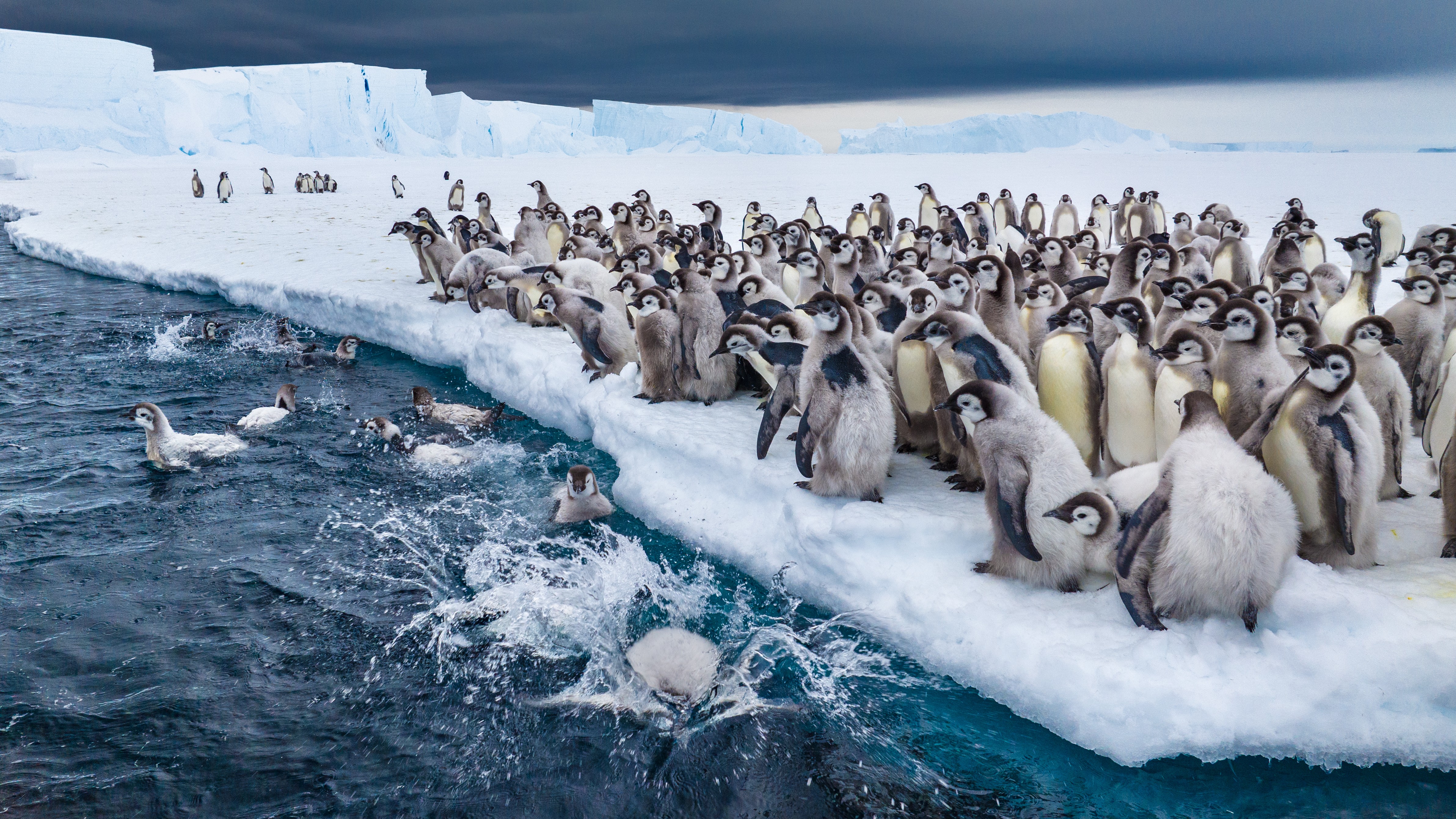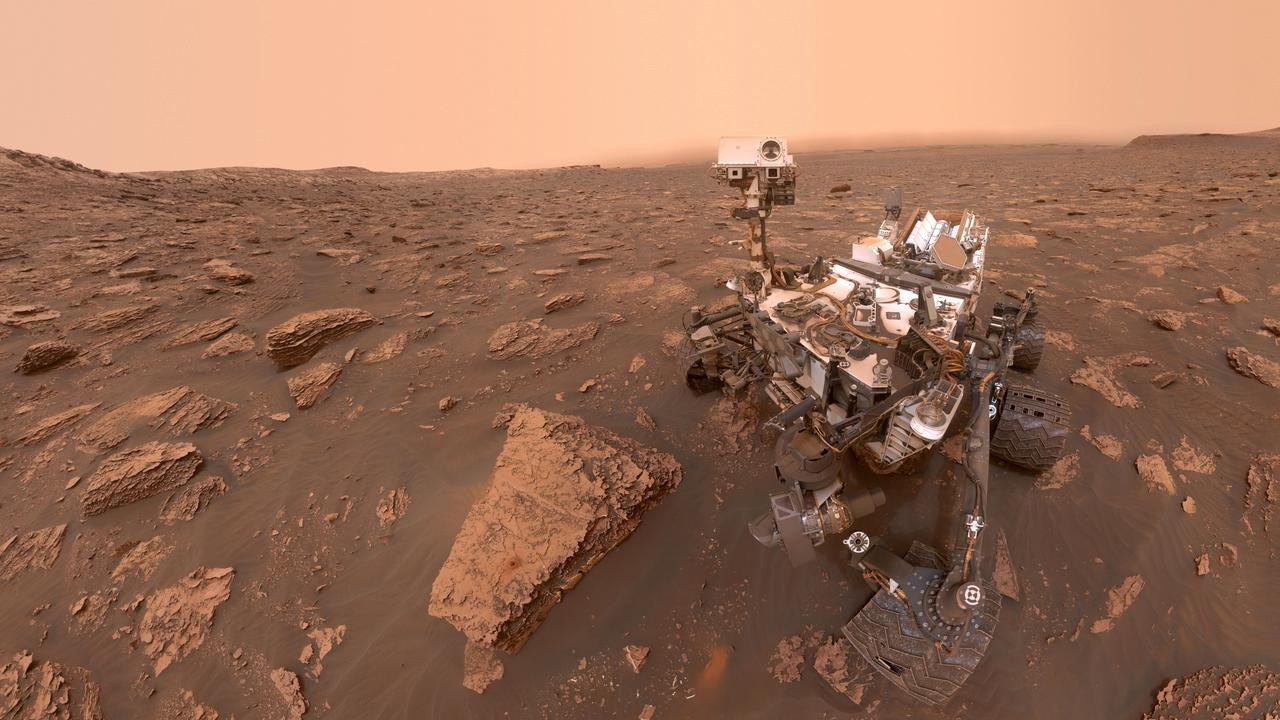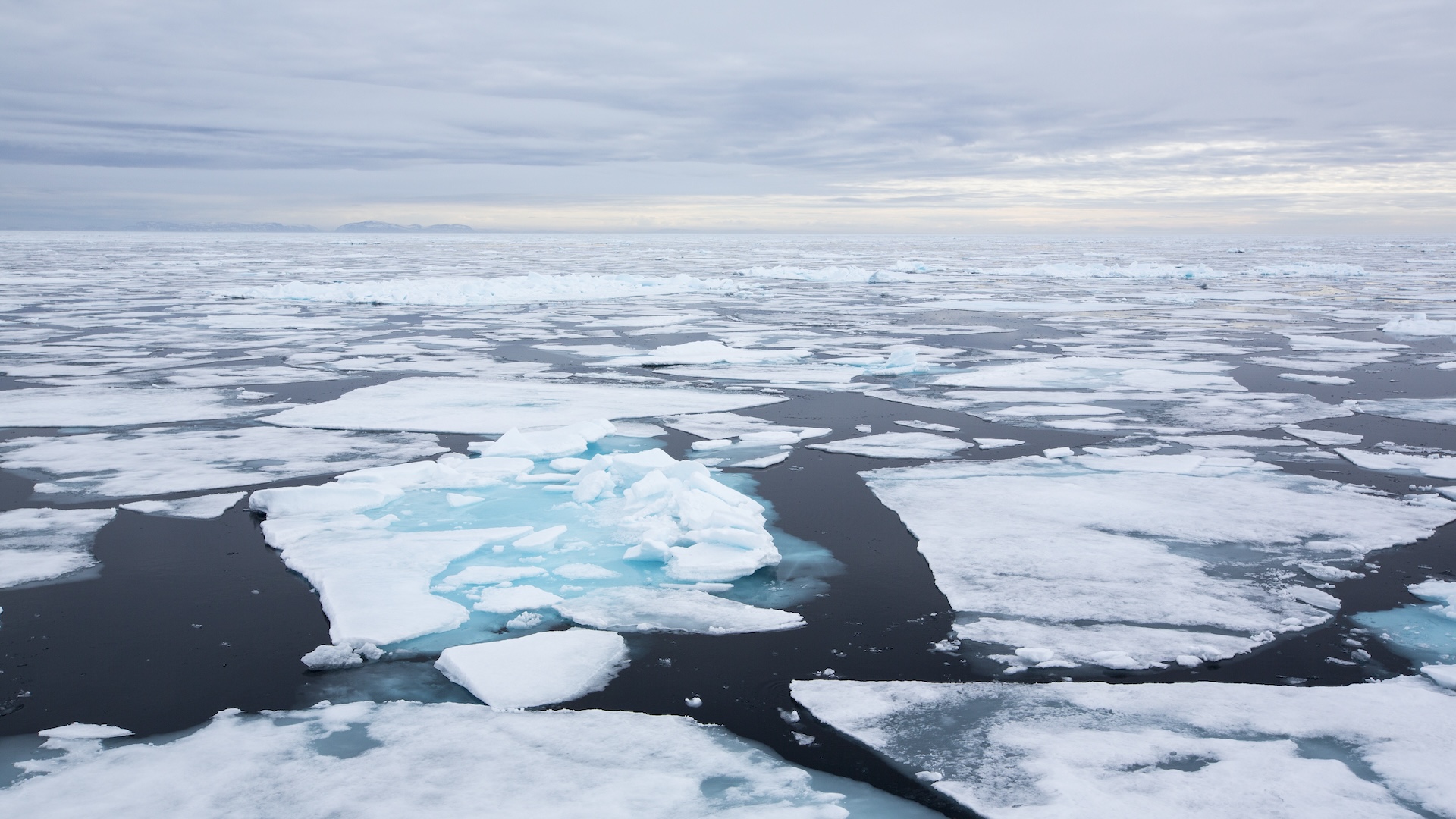Huge steam plume rises from Alaska's Mount Spurr as volcano edges closer to eruption
The Alaskan Volcano Observatory has shared new images of plumes of gas streaming out of Mount Spurr, which scientists suspect will erupt in the coming weeks or months.
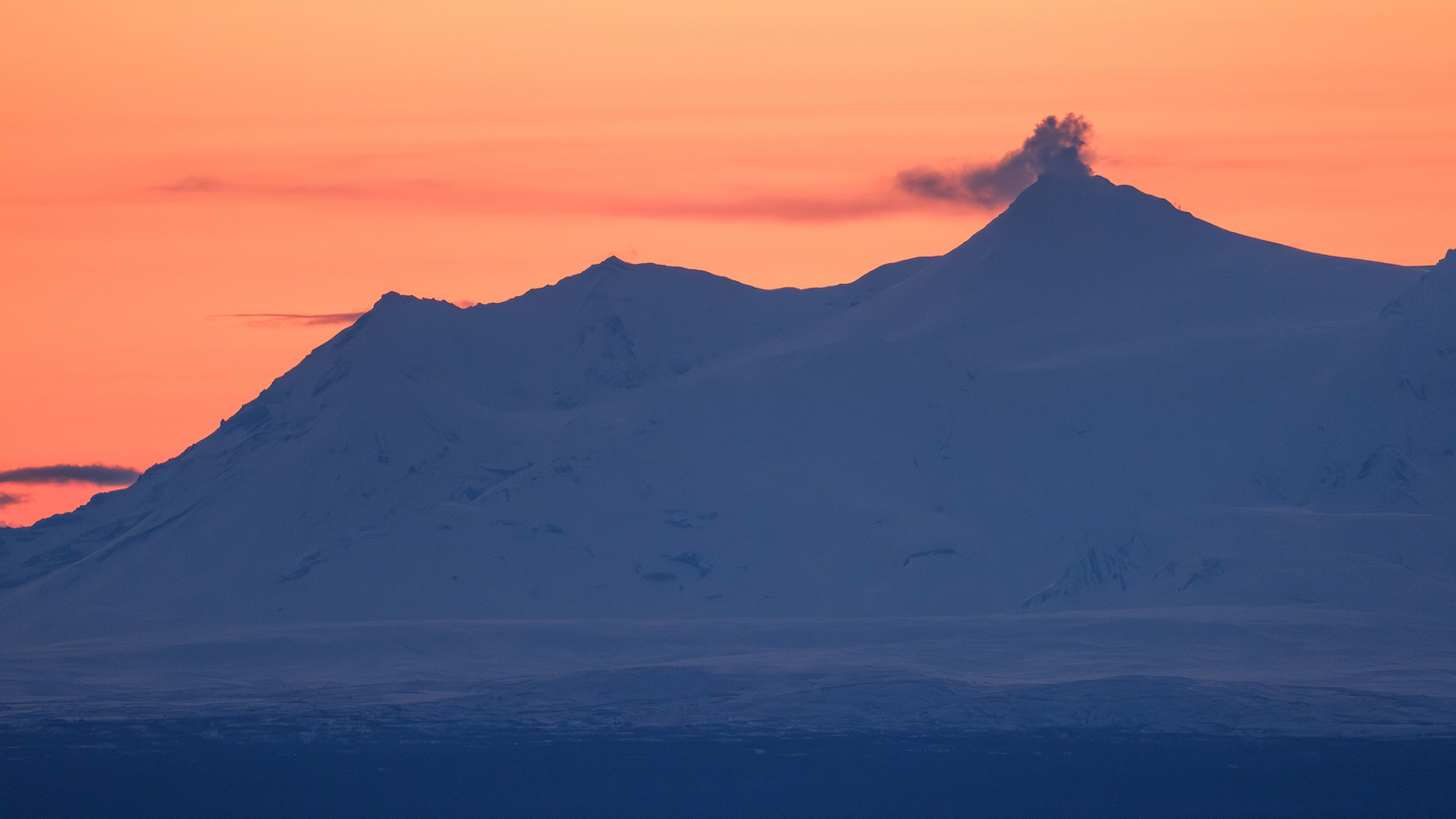
A massive plume of steam has been released from Alaska's Mount Spurr volcano, images show.
In an update on March 28, the Alaska Volcano Observatory (AVO) shared an image of the restless volcano taken on March 26, revealing steam and gas pouring from both the summit and a vent on the northern flank.
"Robust steaming was observed from the summit yesterday due to favorable atmospheric and viewing conditions," AVO representatives wrote in the update. "No detectable change in earthquake activity or gas emissions accompanied the steam emissions."
The volcano has been showing signs of unrest over the last year, with earthquakes ramping up significantly in recent months. Scientists monitoring it now think an explosive eruption is likely.
"The increase in gas emissions confirms that new magma has intruded into the Earth’s crust beneath the volcano and indicates that an eruption is likely, but not certain, to occur within the next few weeks or months," AVO representatives wrote in a statement on March 11.
Mount Spurr, located around 80 miles (128 kilometers) west of Anchorage, is the highest volcano in the Aleutian Range, standing at 11,070 feet (3,374 meters) tall. The volcano consists of a central summit and a prominent side vent known as Crater Peak, located 2 miles (3.5 km) south of the summit, which has been the site of most of its historical eruptions, notably in 1953 and 1992.
Sign up for the Live Science daily newsletter now
Get the world’s most fascinating discoveries delivered straight to your inbox.
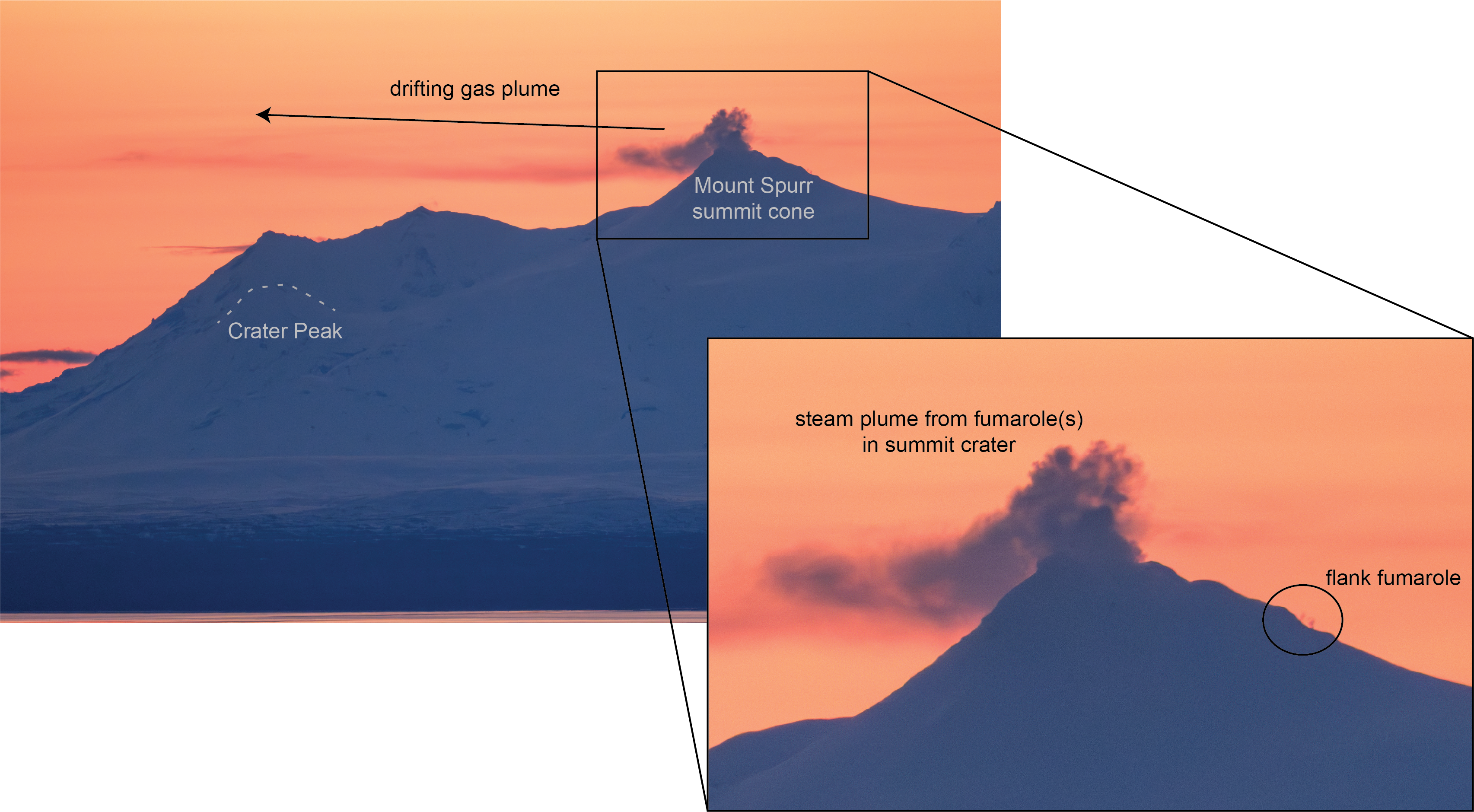
AVO representatives said that the alert level for the volcano may be raised to an orange/watch or even a red/warning in the coming weeks if further signs of an eruption appear. "This would include a change in the rate and character of earthquakes, onset of sustained seismic tremor, further increased gas emissions, changes in surface deformation, and melting of snow and ice," representatives wrote in a statement following a flight over the volcano on March 11.
In the event of an eruption, the biggest hazards would be ash clouds that may affect aviation, ashfall, pyroclastic flows, and lahars, which are fast-moving, destructive mudflows that occur on the slopes of volcanoes.
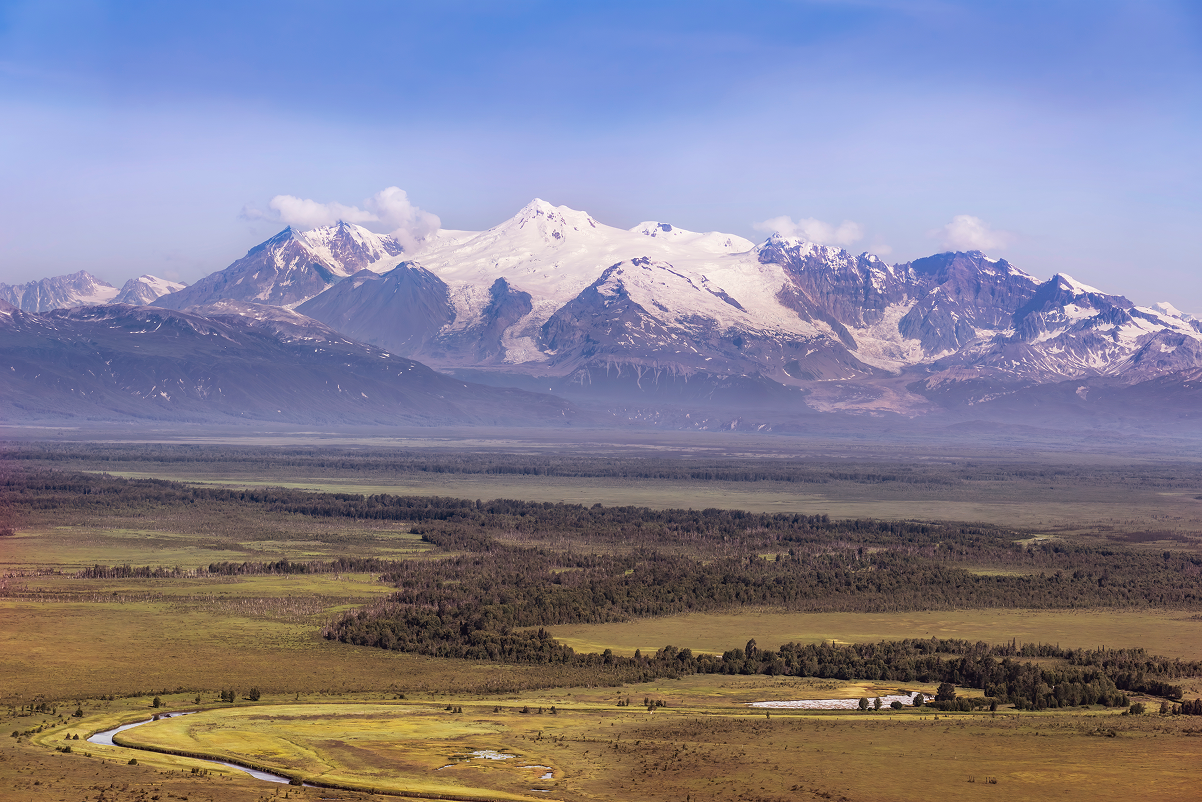
In a Facebook post on March 19, the AVO advised Alaskan residents on how to stay safe in the event of an eruption. "The major hazards to Alaska residents from Spurr would be from ash risk to aviation and possible ashfall. The location, duration, and timing of the impacts would depend on the size and duration of the eruption as well as weather conditions during and afterwards," representatives wrote.
Those concerned about breathing in the airborne ash are advised to stay indoors, or wear a mask when venturing outside.
"The other hazards from a Mount Spurr eruption would only affect the areas immediately surrounding the volcano. While there are no residents in the identified hazard areas for pyroclastic flows and lahars, people do visit the area for recreational or subsistence purposes," representatives wrote.
Mount Spurr explosively erupted three times in 1992, the first of which occurred on June 27, and resulted in an ash cloud rising 9 miles (14.5 km) into the air, affecting air travel and covering parts of Anchorage in ash. The volcano erupted again on Aug. 18, and then again on Sept. 16 and 17, both of which also caused ash to rain down across the region.

Jess Thomson is a freelance journalist. She previously worked as a science reporter for Newsweek, and has also written for publications including VICE, The Guardian, The Cut, and Inverse. Jess holds a Biological Sciences degree from the University of Oxford, where she specialised in animal behavior and ecology.
You must confirm your public display name before commenting
Please logout and then login again, you will then be prompted to enter your display name.

